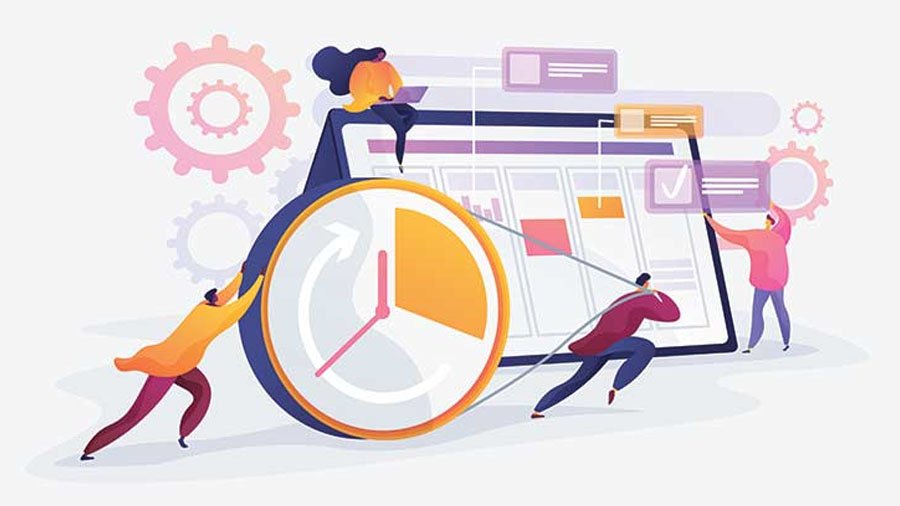Workforce planning involves identifying organizational needs concerning workforce size, knowledge, skills, and experience. Workforce data can help you analyze your current workforce and future workforce needs for organizational change to occur effectively. Employee planning can be adapted and changed to fit the size and maturity of your organization. Here are tips to make workforce planning more effective:
Look for the Right People
Building a team where each member can perform their predefined roles is the cornerstone of a good workforce management strategy. Having qualified staff at the right job or location relies on having an effective schedule and visibility of your workforce. Getting the right people can help you have happier customers by delivering better customer service.
A good schedule can deliver business intelligence and empower employees leading to success in your business. Understanding your business’s and employees’ needs can help you integrate the two well to create great schedules. Analyze your current workforce according to age, gender, ethnicity, race, and cognitive diversity. Create a plan to use a diverse recruiting strategy to hire the right people.
Identify Future Skill Gaps
Once you’ve identified your current workforce and their needs and skills, plan for the future. Conduct a future skills gap analysis to know when your staff will retire to start thinking of ways to fill in the gaps they’ll leave behind. Use that information to decide whether to shift to project-based employment or gig workers. You may even prefer to train the existing employees or combine all the options. Another factor to consider is technological developments and global digitalization. The future is digital, and you can expect to develop a digital skills gap that needs to be filled by the right people.
Get the Right Tools
Workforce data management tools help to enhance workforce planning. Many management tools can also help you to manage and track employee productivity. You can easily integrate these tools into your other systems, like your accounting and payroll software. A reliable business optimization tool can automate your schedules, allowing you to communicate effectively with your employees. The right tool will give you an overview of your business from anywhere at any time and control over your budget, schedules, and forecasting.
Make Use of Reporting and Analytics
To measure the effectiveness of your workforce planning process, have complete visibility of your business. Having insights and data on factors affecting productivity, customer satisfaction, absenteeism, and overtime can help you get a holistic view of your company. Putting customer satisfaction at the forefront can help optimize your schedules to deliver great value to your clients, which may help increase sales. With the right workforce management tool, you can gather reports. Use the data available to identify opportunities to grow and improve your business.
Evaluate, Monitor, and Advise
Your organization should monitor progress against milestones and goals and assess for continual improvement. You can make adjustments and corrections where necessary to solve any workforce problems. Don’t hesitate to get external help or advice. Strategic workforce planning involves different factors to create a solid plan. These factors include retention and recruitment, career development, workforce demographics, etc. You can hire an expert in strategic workforce planning or a consultant to help you. They will give you valuable tips and advice on how to get started and keep the planning up-to-date.
Prepare for Various Scenarios
The future can be unpredictable, so you must prepare for unexpected or different scenarios. Preparing for the unexpected also involves scenarios like a sudden change in your company’s financial situation or a global economic slowdown. There can also be rapid technological automation and developments changing or replacing jobs. Developing a combination of retiring and attrition can help your organization avoid huge layoffs in the future.
Find the Best Workforce Data Solutions Provider
Look for a company that uses the most advanced statistical modeling and data science technology to provide reliable, clean workforce data. A good company will create a standard structure to unify job titles, occupations, activities, and skills to make workforce planning more effective. The best solution should include features that can help you protect sensitive information like performance tracking and payroll data. Use this workforce data to help improve workforce planning within your business.
















